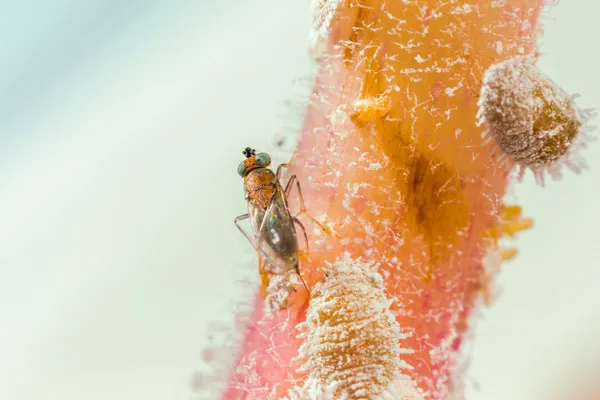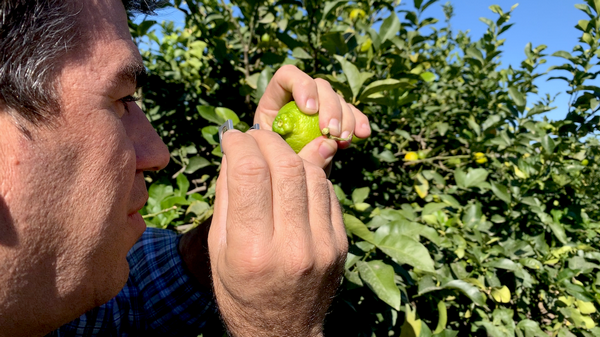Beneficial microorganisms will play an important role in Koppert Spain's new strategies to offer effective biological solutions against new pests that affect the production of citrus fruits. For example, entomopathogenic fungi can be combined with the selective release of beneficial insects to create new biological control protocols capable of keeping pests, such as the cotonet (Delotococcus aberiae) which has already caused damage to more than 30,000 hectares of production in the Spanish Levant, at bay.

Anagyrus vladimiri, a natural enemy of cochineal, marketed by Koppert under the Citripar brand.
Koppert Spain is already testing a biological control program that combines the use of entomopathogenic fungi with the release of two natural enemies of the cotonet: Cryptolaemus montrouzieri and Anagyrus aberiae.
The first results, obtained in the laboratory phase under controlled conditions, confirm the effectiveness of this new strategy. "We hope that the results in field conditions will be equally satisfactory so that we'll be able to start marketing this new protocol in a few months, as citrus producers have been waiting for authorized tools to control the cotonet pest," stated Juan Miguel Rodríguez, Citrus Manager of Koppert Spain.
The combination of auxiliary fauna with entomopathogenic fungi also emerges as the most effective biological solution for the control of Tryoza eritreae, the dreaded HLB vector.

A Koppert technician in the Valencian Community searches for pests in a citrus farm.
Biological control based on the release of insects and beneficial mites has had excellent results against different pests, such as the red spider, red louse, white louse, and the recent apparition of the Pulvinaria polygonata (cottony citrus scale) pest, which is currently affecting the provinces of Murcia and Alicante.
Biological control is cheaper
The success achieved by Koppert Spain in the biological control of red spiders in citrus, through the release of the Neoseiulus californicus predatory mite via the Spical Ulti-Mite exclusive envelope format is worth highlighting. Not only is it highly efficient, it is also cost-effective. The biological control of red spider with Spical Ulti-Mite is 20% cheaper than the control based on pesticides.
“Carrying the biological control of red spiders with our envelope format saves producers money, reduces the number of applications they must carry out, and avoids them from having problems generated by plant protection residues that can make it hard for them to market their harvest,” stated Juan Miguel Rodriguez. This year, Koppert Spain hopes to manage more than 30,000 hectares of citrus with its biological control strategies.
For more information:
Koppert
www.koppert.es
